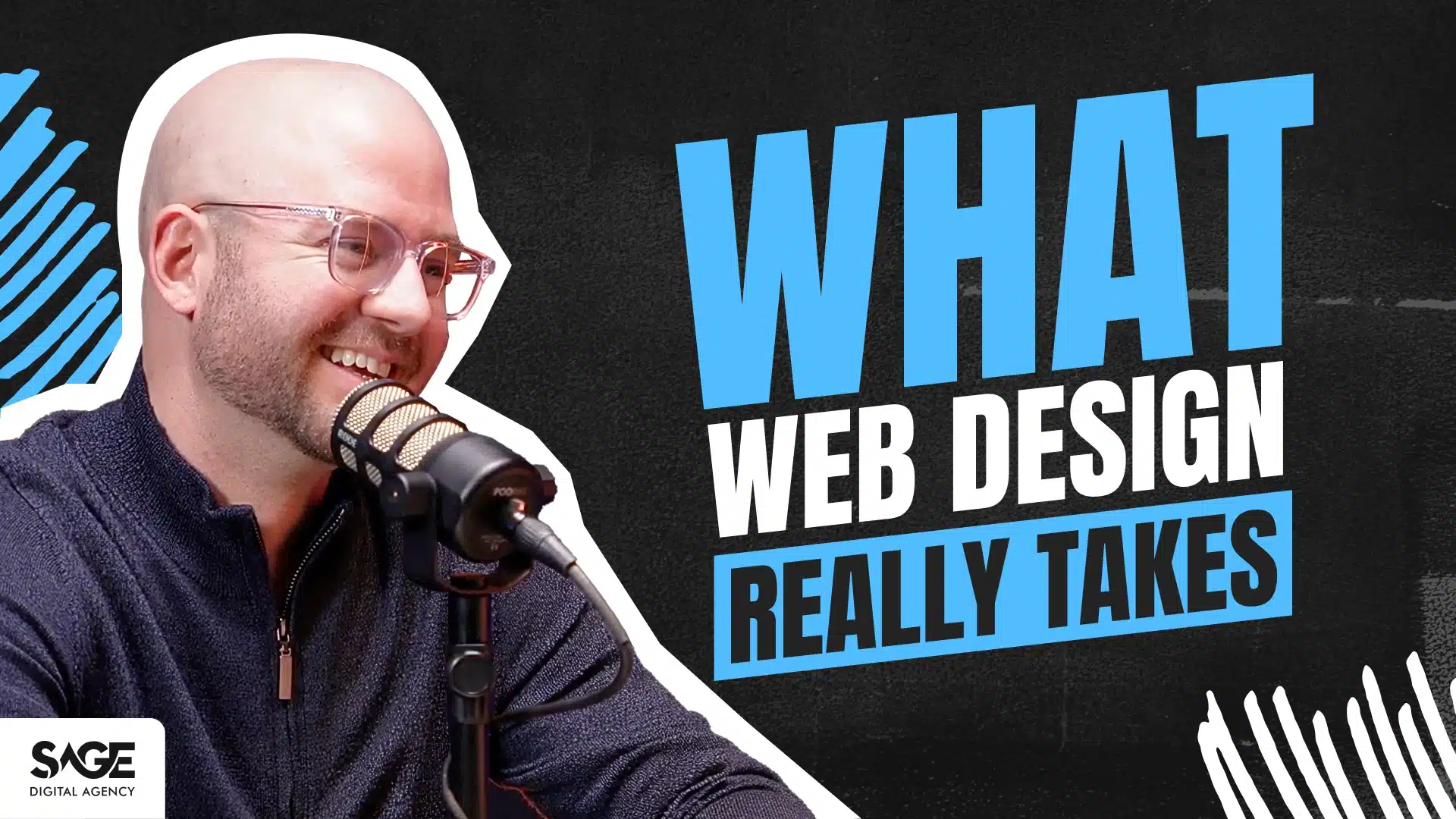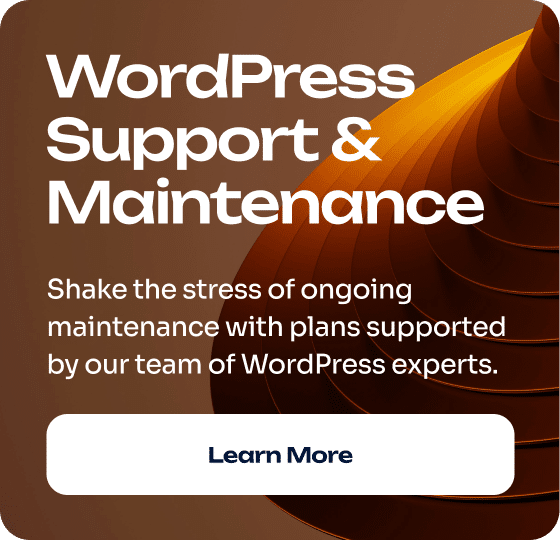Creating a professional custom website isn’t as simple as many believe. It’s not just about throwing together a few pages and calling it a day. A truly impactful and functional website is the result of a detailed, methodical process involving time, expertise, and creativity.
For business owners seeking to understand what goes into a custom web design project, this guide will provide an overview of the time and phases involved in doing it right.
The Phases of the Custom Web Design Process
Let’s break down the process into its key components: discovery, design, development, and quality assurance (QA). Each phase requires attention to detail, collaboration, and a commitment to delivering excellence.
1. Discovery: Laying the Foundation
The first step in any successful project is understanding the scope and goals. Discovery is about asking questions, listening, and aligning expectations.
- What happens in this phase?
- Conversations between the client and the design team to identify goals, target audience, and must-have features.
- Reviewing existing assets, such as an old website or branding materials.
- Creating a scope of work to outline deliverables and timelines.
- How long does it take? Typically, this phase requires 3-5 hours of conversations and preparation.
- Why is it important? Discovery ensures that both the client and the designer are on the same page, reducing misunderstandings and setting clear expectations.
2. Design: Crafting the Vision
Design is where creativity meets strategy. Every element—from the layout to the colors—is tailored to reflect the client’s brand and resonate with their audience.
- What happens in this phase?
- Using tools like Figma to create mockups for desktop and mobile versions.
- Collaborating with the client to refine the design based on feedback.
- Preparing all visual assets with proper naming conventions and optimized file sizes for development.
- How long does it take?
- Designing a homepage can take 6-8 hours.
- Additional pages (e.g., 9 more for a 10-page site) may require 10-15 hours.
- Converting designs to mobile versions and exporting files adds another 8-10 hours.
- Why is it important? A custom design ensures the website stands out, reflects the client’s unique brand, and is functional across devices. Skipping this phase or rushing it often leads to subpar results.
3. Development: Bringing the Design to Life
Once the design is approved, it’s time to build. Development involves translating visual mockups into a fully functional WordPress website.
- What happens in this phase?
- Custom coding the approved designs for both desktop and mobile.
- Ensuring that the site is optimized for speed, security, and usability.
- Testing the functionality of forms, menus, and interactive elements.
- How long does it take? For a 10-page website, development generally requires 40-60 hours, depending on the complexity of the design and features.
- Why is it important? This phase transforms a concept into a reality. Professional development ensures the site is scalable, easy to manage, and free of technical issues.
4. Quality Assurance (QA): Perfecting the Product
QA is the final step before launch. It’s where we ensure that every detail is flawless and functional.
- What happens in this phase?
- Testing the site on various devices and browsers to ensure compatibility.
- Reviewing content for accuracy and layout consistency.
- Fixing any issues based on client feedback.
- How long does it take? This phase typically requires 5-8 hours, depending on the project’s complexity.
- Why is it important? A website that hasn’t been properly tested risks frustrating users and damaging the client’s reputation. QA ensures the site is ready for the world.
Why Does This Process Take Time?
Each phase involves skilled professionals dedicating hours to ensure that every detail is perfect. Here’s a quick summary of the time breakdown for a 10-page custom website:
- Discovery: ~4 hours
- Design: ~30 hours
- Development: ~40-60 hours
- QA: ~5-8 hours
Total: 80-100 hours (or more, depending on complexity).
Why Custom Web Design Costs What It Does
When clients balk at prices, it’s often because they don’t understand what’s involved. The truth is, high-quality work requires time, expertise, and resources. For example:
- A professional designer or developer with over 10 years of experience may charge $150/hour or more.
- Custom tools, premium plugins, and licensed software add value and functionality but also come with costs.
- A team’s collective expertise ensures the project is done right the first time, saving the client from costly fixes later.
The Risks of Cutting Corners
Choosing a cheap, cookie-cutter solution might save money upfront, but it often leads to:
- Poor design and functionality.
- Limited scalability and frequent breakdowns.
- Additional costs for fixes and upgrades.
A custom website, on the other hand, is an investment in your brand’s future.
Conclusion
The custom web design process is not just a service; it’s a collaborative journey that combines creativity, strategy, and technical expertise. For business owners, understanding the time and effort involved is key to making informed decisions. When done right, your website becomes a powerful tool that supports your goals and grows your business.
If you’re ready to invest in a website that truly represents your brand, contact us today. We’ll guide you through every step of the custom web design process, ensuring a result you’ll be proud of.





